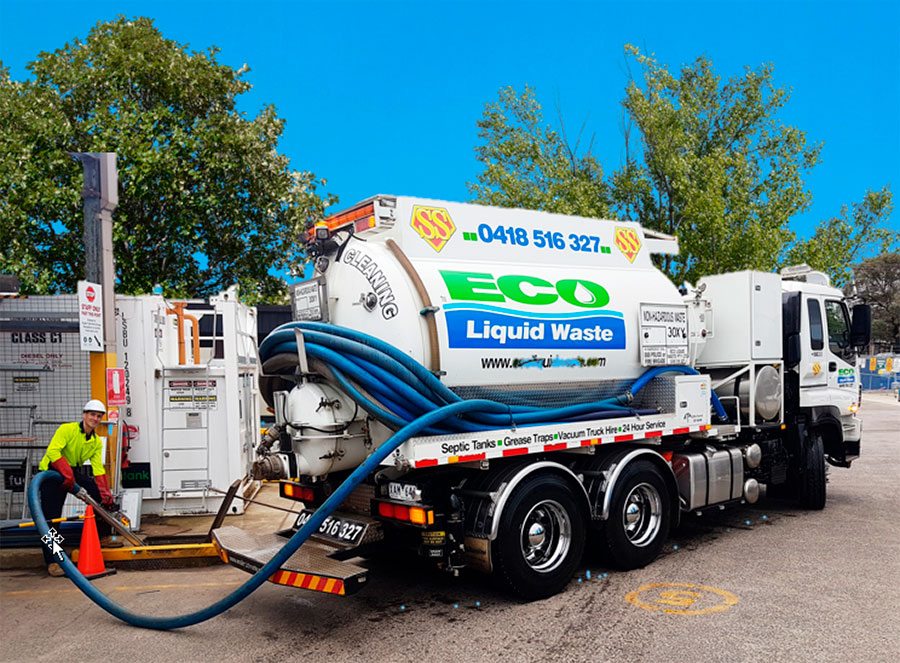Rumored Buzz on Reclaim Waste
Table of ContentsThe 8-Second Trick For Reclaim WasteThe Basic Principles Of Reclaim Waste 10 Easy Facts About Reclaim Waste ShownSome Known Questions About Reclaim Waste.Our Reclaim Waste Statements
Discover the types, incidents, and kinds of fluid waste. Residential sewage waste refers to the waste and items from a domestic septic tank. This sort of waste is created by human beings in residences, colleges, and various other buildings. This only includes septic systems that have a drainpipe area. The correct monitoring and disposal of residential sewage waste require liquid waste to be transferred to a sewer treatment plant where the proper techniques and equipment are put on purify and dispose of waste.
Commercial waste often consists of possible threats, such as flammable materials or a combination of fluid and solid waste items, and calls for an advanced and in-depth disposal process. The disposal of business waste generally involves the filtering of waste before transportation to guarantee safe and correct disposal. Hazardous waste is developed from by-products and drainage of industrial processes and production.
This type of waste can not use the same sewage management transport or processes as septic or business liquids. The hazardous waste management process calls for the examination and screening of fluid waste prior to it goes through the disposal procedure (industrial wastewater treatment). Overflow waste is the liquid waste that originates from overflow and excess stormwater in highly populated locations or cities
Overflow waste can create contamination and flooding if not handled correctly. Learn much more regarding drain cleansing and waste management. Guaranteeing proper waste management can protect against calamities and reduce environmental injury. Both people in residential setups and specialists in industrial or manufacturing industries can take advantage of understanding the procedures and regulations of liquid waste management.
Some Known Details About Reclaim Waste
Get in touch with PROS Services today to learn more about our waste administration and disposal services and the appropriate means to take care of the liquid waste you create.
(https://experiment.com/users/reclaimwaste1)This supposed 'wastewater' is not only an essential resource yet, after treatment, will be launched to our land, rivers or the sea. Made use of water from bathrooms, showers, baths, kitchen sinks, washings and commercial processes is understood as wastewater.

water used to cool machinery or clean plant and tools). Stormwater, a kind of wastewater, is drainage that moves from farming and city locations such as roofs, parks, gardens, roads, paths and rain gutters right into stormwater drains, after rainfall. Stormwater moves untreated directly to local creeks or rivers, eventually reaching the sea.
The Buzz on Reclaim Waste
In Queensland, a lot of wastewater is treated at sewer therapy plants. Wastewater is delivered from residential or industrial websites with a system of sewage systems and pump stations, understood as sewage reticulation, to a sewage treatment plant.
The Division of Natural Resources recommends city governments about managing, operating and preserving sewerage systems and treatment plants. In unsewered locations, local federal governments may call for householders to mount individual or household sewer therapy systems to treat domestic wastewater from bathrooms, cooking areas, washrooms and washings. The Division of Natural Resources authorizes the use of family systems when they are confirmed to be reliable.
Most stormwater gets no therapy. In some brand-new subdivisions, treatment of some stormwater to eliminate litter, sand and gravel has begun utilizing gross contaminant traps. Wastewater therapy occurs in 4 stages: Removes solid issue. Bigger solids, such as plastics and various other objects wrongly released to sewers, are gotten rid of when wastewater is travelled through screens.
Uses little living organisms knows as micro-organisms to damage down and get rid my response of remaining dissolved wastes and fine bits. Micro-organisms and wastes are integrated in the sludge.
Reclaim Waste for Beginners
Nutrient elimination is not readily available in all sewage treatment plants because it requires costly specialised tools. It is becoming a lot more usual in Queensland. Clear liquid effluent generated after treatment might still consist of disease-causing micro-organisms. If this effluent is released into waterways such as rivers or the sea, the micro-organisms will ultimately die out.

This usually implies wastewater has to be treated or pollutants gotten rid of prior to it can be discharged to rivers. The majority of wastewater moves into the sewerage system. Under the Act, neighborhood governments provide approvals and permits for eco pertinent activities (Ages) including wastewater launches that may have a neighborhood effect. The division carries out authorizations and permits to Periods entailing wastewater launches that may have a local or statewide effect.
The Single Strategy To Use For Reclaim Waste
Otherwise, examples are taken for research laboratory analysis. Commonly lots of tests are required to establish the levels of each of the various pollutants such as oils, heavy metals and pesticides in water. Monitoring provides accurate info concerning water high quality and can validate that permit conditions are being fulfilled. The info obtained with surveillance supplies the basis for making water quality decisions.